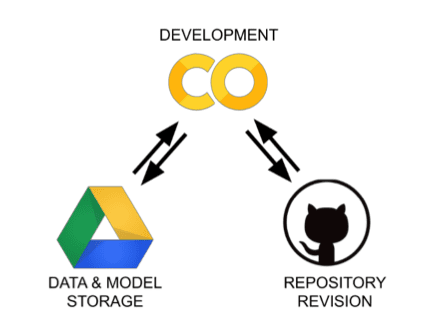Deep Learning with PyTorch in Google Colab
PyTorch and Google Colab have become synonymous with Deep Learning as they provide people with an easy and affordable way to quickly get started building their own neural networks and training models. GPUs aren’t cheap, which makes building your own custom workstation challenging for many. Although the cost of a deep learning workstation can be a barrier to many, these systems have become more affordable recently thanks to the lower cost of NVIDIA’s new RTX 30 series.
Even with more affordable options of having your own deep learning system on hand, many people still flock to using PyTorch and Google Colab as they get used to working with deep learning projects.

**PyTorch and Google Colab are Powerful for Developing Neural Networks **
PyTorch was developed by Facebook and has become famous among the Deep Learning Research Community. It allows for parallel processing and has an easily readable syntax that caused an uptick in adoption. PyTorch is generally easier to learn and lighter to work with than TensorFlow, and is great for quick projects and building rapid prototypes. Many use PyTorch for computer vision and natural language processing (NLP) applications.
Google Colab was developed by Google to help the masses access powerful GPU resources to run deep learning experiments. It offers GPU and TPU support and integration with Google Drive for storage. These reasons make it a great choice for building simple neural networks, especially compared to something like Random Forest.
#overviews #deep learning #google colab #neural networks #python #machine-learning
